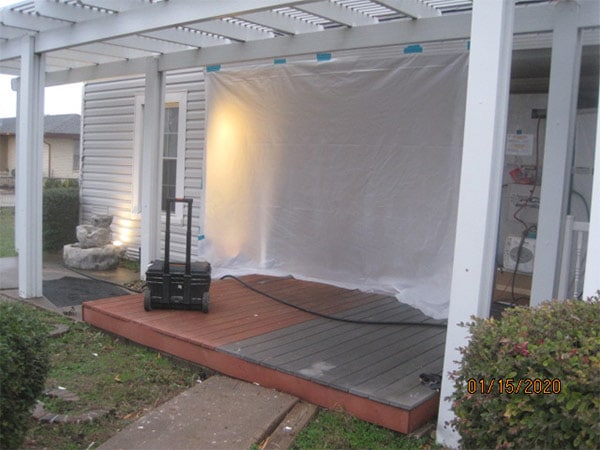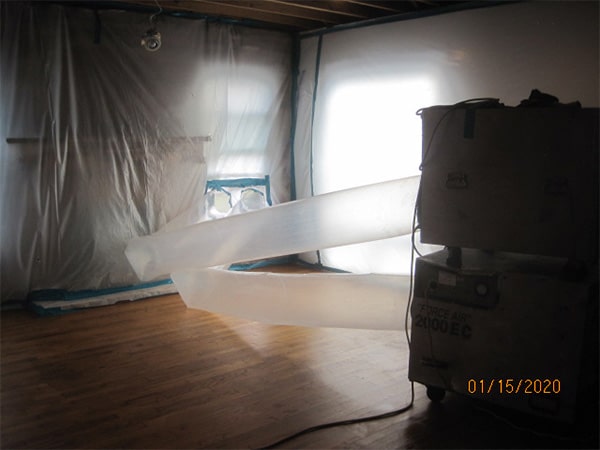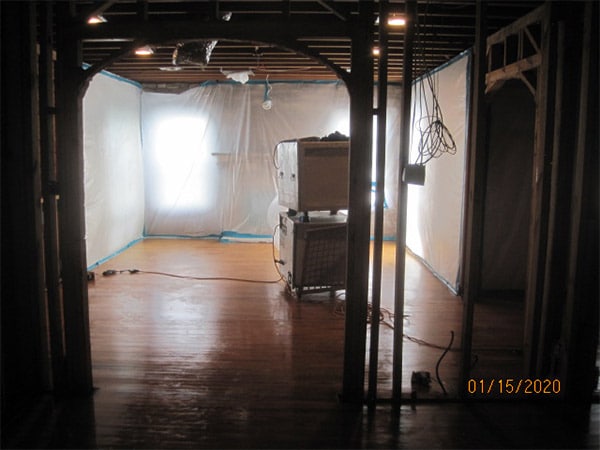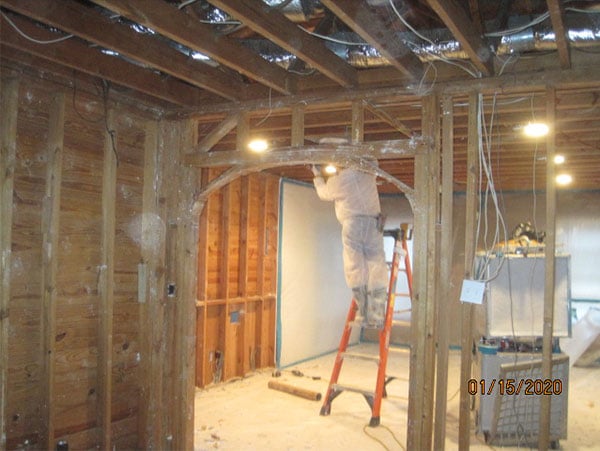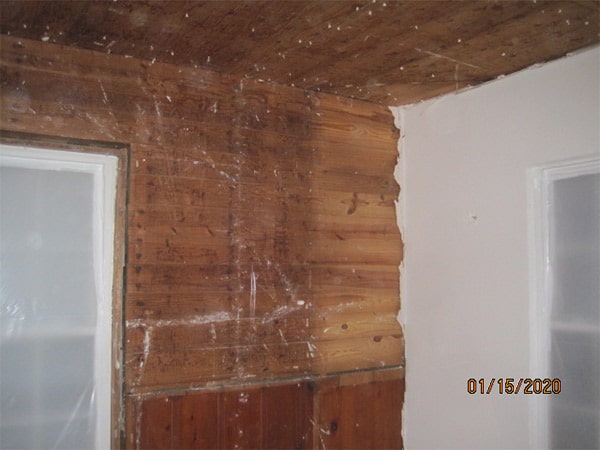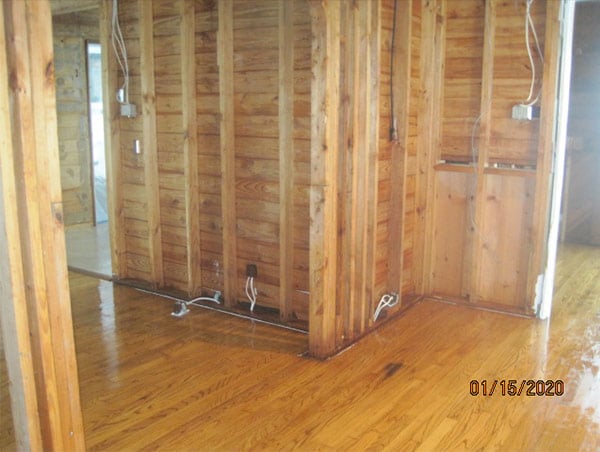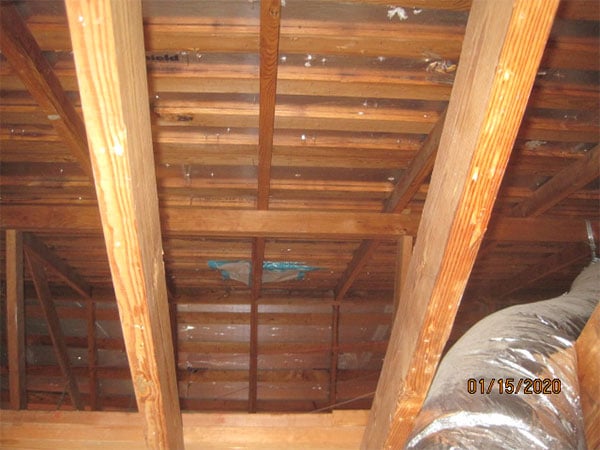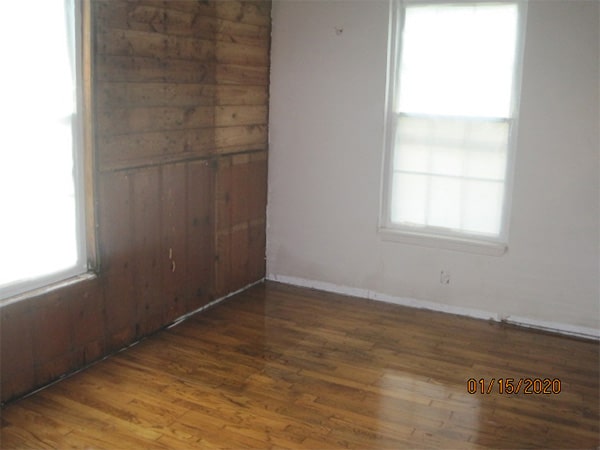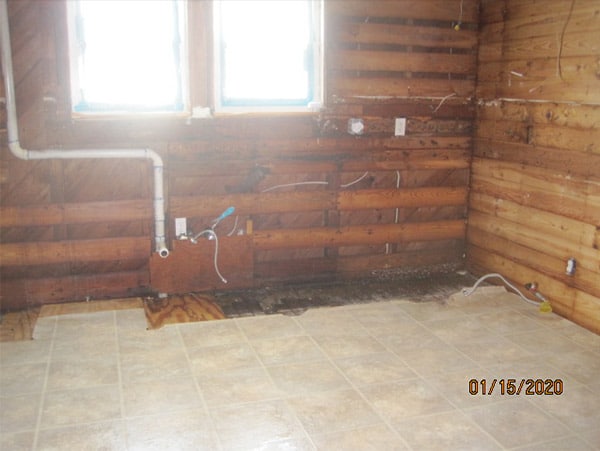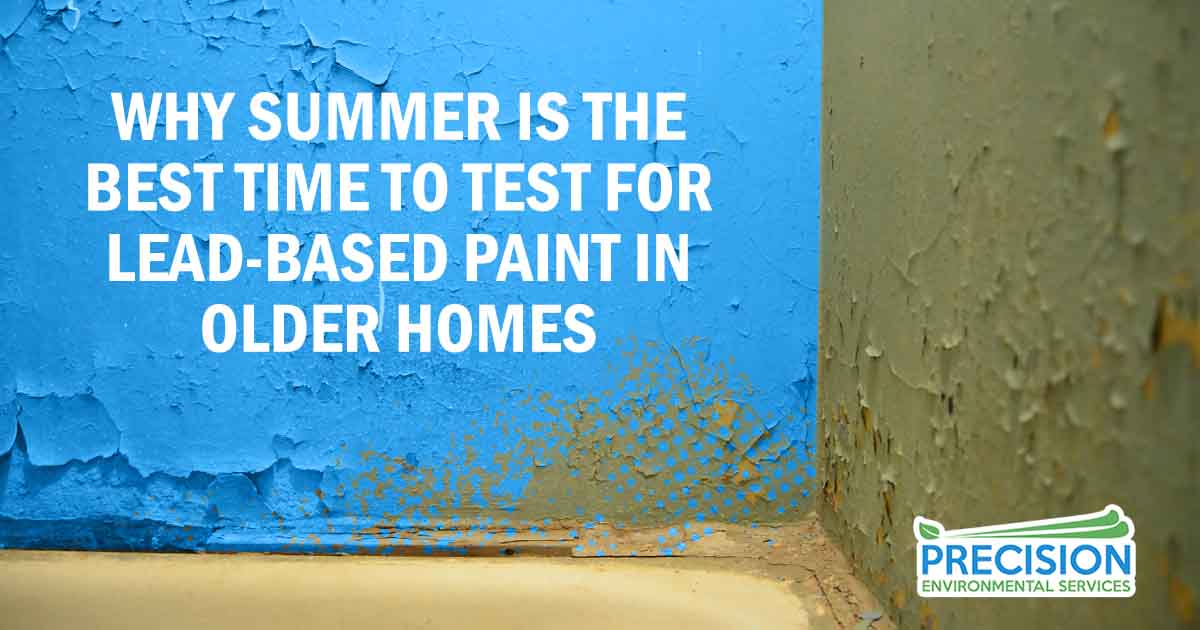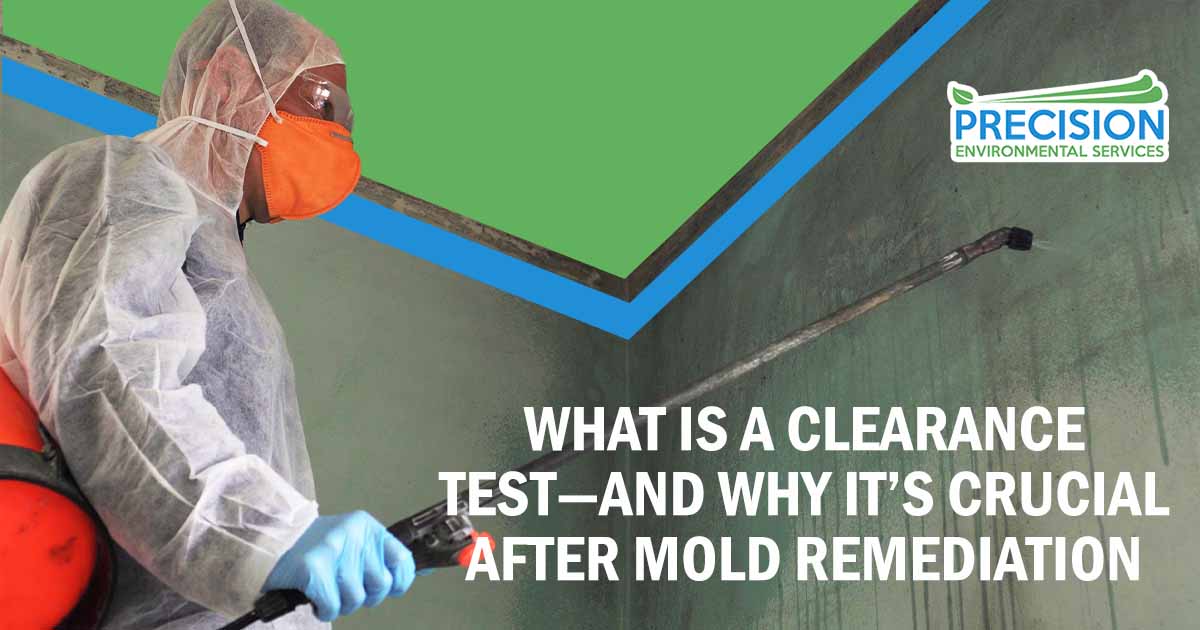Professional Asbestos Services – Testing, Inspections & Abatement Experts
Get Estimate
Certified Asbestos Testing, Abatement, & Environmental Consulting Services
Trusted Guidance from Certified Asbestos Consultants Near You
When facing asbestos concerns, having a qualified asbestos consultant on your side is critical. Precision Environmental Services offers licensed asbestos consulting throughout the DFW metroplex, helping property owners, contractors, and facility managers navigate complex asbestos regulations with confidence.
Our certified consultants specialize in:
- Evaluating potential asbestos risks in residential, commercial, and public buildings
- Recommending safe, cost-effective solutions based on Texas and federal regulations
- Preparing detailed reports and action plans for abatement, testing, or long-term management
- Assisting with compliance for city permits and pre-renovation requirements
Unlike general contractors or lab technicians, our consultants serve as your advocate—ensuring safety, legal compliance, and peace of mind at every step of your project.
Serving clients in Flower Mound, Denton, Lewisville, Fort Worth, Plano, Frisco, and surrounding areas.
Precision Environmental Services is an environmental consulting company that provides environmental consulting services, testing, site investigation and remediation activities and technologies, abatement of hazardous contaminants, and restoration and repair of damages in structures. Precision provides its services to clients in the DFW metroplex for commercial and residential customers to include Argyle, Denton, Lewisville, Flower Mound, Roanoke, Justin, Lake Dallas, Ponder, Southlake, Little Elm, Fort Worth, Keller, Grapevine, Krum, Coppell, Aubrey, The Colony, Colleyville, Haslet, North Richland Hills, Carrollton, Frisco, Irving, Hurst, Sanger, Bedford, Rhome, Euless, Newark, Dallas, Plano, Addison, Haltom City, Pilot Point, Arlington, Prosper, Decatur, Valley View and Grand Prairie.
Get Estimate
Asbestos Inspections & Survey Services Near You
In the State of Texas, public and commercial properties are required to have an asbestos inspection / survey prior to performing a renovation or demolition project. All of Precision’s Inspectors are licensed by the Texas Department of State Health Services and final reports meet all city and state requirements.
The sampling strategy Precision employs is in general accordance with Texas Asbestos Health Protection Act (TAHPA) Texas Civil Statutes Article 4477-3a, as amended, and EPA AHERA sampling protocol.
As required by the State, a minimum of three (3) samples will be collected of each identified suspect material (i.e. anything that is not wood, metal or glass). Our inspectors are trained to be as discreet as possible in sampling as to not disturb ongoing business. The samples are analyzed using Polarized Light Microscopy (PLM) in conjunction with dispersion staining techniques by a lab that is NVLAP certified, and Department of State Health Services licensed.
If the sampled material is found to contain greater than 1% asbestos, then it is considered a regulated material.
Comprehensive Asbestos Surveys Tailored to Your Property
If you’re planning demolition or renovation in Texas, an asbestos survey isn’t just recommended—it’s required. Precision Environmental Services provides fast, compliant asbestos surveys for both public and commercial buildings. Our reports are accepted by municipalities across the state and follow strict Texas Department of State Health Services (TDSHS) and EPA AHERA standards.
What makes our asbestos surveys different?
- Tailored sampling strategies based on property type and project goals
- Thorough documentation of materials tested, results, and required next steps
- Quick turnaround times with expedited lab processing available
- Direct coordination with contractors, architects, and city officials as needed
Whether you need a pre-demolition survey, refurbishment survey, or management survey, our licensed inspectors ensure you’re protected from regulatory fines, costly delays, and health risks.
Request a compliant asbestos survey and stay ahead of your construction timeline.
Asbestos Abatement Consulting & Air Monitoring
If asbestos containing materials (anything containing above 1% asbestos) will be disturbed by renovation or demolition activities in a public of commercial building, then the State of Texas requires the materials to be removed by a licensed asbestos abatement contractor. Precision will work with your chosen abatement contractor and develop project specifications for the contractor to follow during remediation. Precision will also provide a licensed asbestos abatement air monitoring technician / project manager for project oversight.
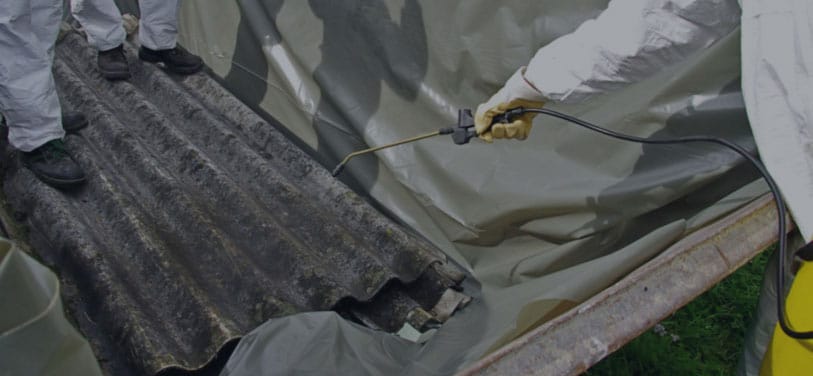
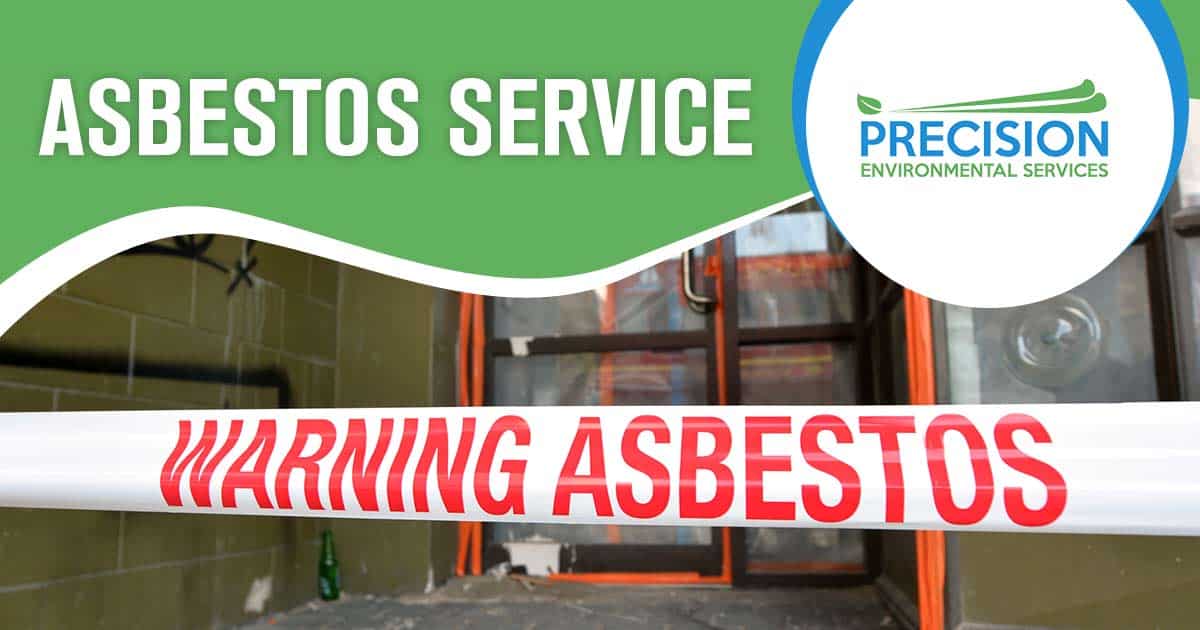
How Does Asbestos Testing Work in Homes and Businesses?
At Precision Environmental Services, all inspectors are licensed by the state and final reports meet all city and state requirements. If you need asbestos testing abatement services, contact Precision Environmental Services at 940-597-2623.
The Importance of Testing for and Removing Asbestos
For decades, asbestos was used in home construction because of its flame-resistant qualities. However, studies have now shown that asbestos can be a dangerous substance for humans. So, ensuring you do asbestos testing to identify asbestos containing materials and get rid of it in your environment is vitally important.
Read more about: What is Asbestos?
The reason asbestos was used so much in the 20th century is because it is a naturally occurring mineral, made up of fibers. When it was found to be resistant to heat, electricity and corrosion, builders though it to be highly useful, in many materials including plastics, cements, paper, and even clothing. At the time, it was not known that exposure to asbestos could also be highly toxic.
In 1986, the Asbestos Hazard Emergency Response Act came about, legally recognizing two categories of asbestos and six types.
The fibers in Amphibole Asbestos are straight and jagged, and include five types of asbestos:
- Crocidolite
- Amosite
- Anthophyllite
- Tremolite
- Actinolite
If the asbestos fibers are curly, they are put into the category of Serpentine Asbestos. As there are only six recognized types of asbestos, that leaves only one for this category:
- Chrysotile
Read more about: Why is Asbestos Testing Important?
Environmental Solutions | Why is Asbestos Testing Important?
Asbestos can be a very harmful material, and, as such, should be taken very seriously. With older homes and buildings being the main source of asbestos in the United States, contamination can happen easier than you may think. You would not want to start a home restoration project only to face a setback due to asbestos being found. Having a professional contractor do the asbestos testing for you before any construction begins can save you some hassle later.
Protect your family from exposures to Asbestos
Some signs you may have been exposed to asbestos include, swelling or pain the abdomen, an obstruction of the bowels, weight loss, hoarseness, difficulty swallowing, hernia, loss of appetite or clubbed fingers. But, over a long period of time the effects of asbestos can be much more severe.
The reason asbestos testing is so important is because exposure can lead to a number of health-related conditions, including certain cancers. The worst effects typically happen when a person is exposed to a lot of the mineral, or if they are exposed to it regularly over time. Once the fibers are disturbed and become airborne, they can be easily inhaled. Once asbestos begins accumulating in the body, there is not currently a way to reverse the damage it causes.
One of the most common health-related concerns linked to asbestos exposure is Mesothelioma, which is a type of cancer that affects the thin layer of tissue that covers the internal organs. Most commonly, the lungs and chest wall are affected. Even today, about 3,000 new cases of Mesothelioma are diagnosed in the U.S. each year.
According to The Mesothelioma Center:
- Mesothelioma is caused by exposure to asbestos.
- It accounts for less than 0.3% of all cancer diagnoses in the country.
- There are four types of mesothelioma: Pleural, peritoneal, pericardial and testicular. Pleural is the most common type, representing about 75% of all mesothelioma cases.
- Out of all people with heavy, prolonged exposure to asbestos, 2% to 10% develop pleural mesothelioma.
- Symptoms of mesothelioma usually do not show until 20-50 years after asbestos exposure, which is when tumors have grown and spread.
- The average life expectancy for mesothelioma patients is 12 to 22 months.
Asbestos can also lead to other serious health-related issues, including ovarian and laryngeal cancer. But some patients with asbestos exposure are also at risk of the following conditions:
- Asbestosis happens when asbestos causes scarring of the lung tissue and can lead to shortness of breath and Mesothelioma.
- Pleural effusions cause a build-up of fluid between layers of the outside of the lungs.
- Pleural plaques can build-up in the outside layers of the lungs and put patients at risk for certain cancers.
- Pleuritis is the inflammation of the membranes lining the lungs and can cause sharp pains when breathing.
- COPD, or Chronic obstructive pulmonary disease, causes inflammation that can obstruct airflow to the lungs.
In many cases, the symptoms of asbestos exposure will not appear immediately. Sometimes, decades can pass before someone notices their health-related issues.
Read more about: Where should I test for asbestos in my home?
Where should I test for asbestos in my home?
While asbestos is not completely banned in the United States, its uses are regulated by the government. Asbestos is no longer used in products such as:
- Vinyl asbestos tiles
- Asbestos cement
- Asbestos roofing felt
- Asbestos adhesives, sealants and coatings
- Asbestos reinforced plastics
These days, the most common asbestos exposure to it takes place through renovations and demolitions of older buildings and homes that still have asbestos products. During the 20th century, asbestos was used in construction-related products such as:
- Adhesives for roofs, plumbing, flooring and wall panels
- Felt for floors, roofs and in paper mills
- Fireproofing paints and sprays
- Loose-fitting and wrap insulations
- Plastics used in appliances, tools and some cookware
- Sheets of cement, drywall, roof shingles and siding
- Vinyl flooring, wallpaper or floor tiles
So, if you are planning a home renovation project in an older home, you will need to be cautious and get Asbestos Testing.
How do I get rid of asbestos and do asbestos abatement?
Before starting a renovation project, you should consider hiring a professional to do asbestos testing to inspect for any materials that may be damaged during the process. Companies, such as Precision Environmental Services, with trained and certified experts, are best equipped to locate and handle the situation should there be asbestos products present in your home.
Read more about: What to Expect with Asbestos Testing
What to Expect During Asbestos Inspection?
The process of having asbestos inspections done is straightforward and consists of three main steps.
First, the professional conducting the inspection will examine your home or building and take samples of any materials believed to contain asbestos. These samples are then tested in a laboratory to determine if they do indeed contain asbestos.
Second, should the results come back positive for asbestos, the professional will provide you with an asbestos abatement plan. This plan of action may include removal and/or encapsulation of materials to reduce your risk of exposure.
Finally, a certified inspector will conduct a follow-up inspection after all recommended abatement procedures have been completed. The inspector will evaluate the work and ensure that the asbestos abatement has been done properly, reducing your potential exposure to the hazardous material.
It is important to remember that asbestos testing, and subsequent abatement if needed, should only be done by a certified professional with experience in these types of procedures. Doing so will ensure your safety and peace of mind while protecting you from any potential health risks associated with asbestos exposure. By following these steps, you will be taking the right precautions to maintain a safe home environment and protect your family from hazardous asbestos materials.
If asbestos inspectors find asbestos in your home, they may suggest a complete removal of the mineral. This process is called abatement, or encapsulation. During this process, the products containing asbestos are coated with a sealant that prevents its fibers from becoming airborne. If the damage to the materials is extensive enough, they will need to be completely removed from your home. Once out of your home, the materials are typically taken to a landfill that is properly equipped to handle toxic materials.
Call us at 940-597-2673 or use the form to request an estimate.
Call us at 940-597-2673, or use the form to request an estimate.
Frequently Asked Questions
Call for an estimate!
214-888-6956
Latest News
Why Summer Is the Best Time to Test for Lead-Based Paint in Older Homes
Homeowners considering summer renovations should prioritize lead-based paint testing in older homes, especially those built before 1978. Disturbing...
What is a Clearance Test—and Why It’s Crucial After Mold Remediation
After completing mold remediation, one of the most important final steps is mold clearance testing. This process confirms whether the remediation...
Is Your Office Making You Sick? Understanding Sick Building Syndrome
Employees who spend hours in an office building may begin to experience recurring health issues, such as fatigue, headaches, or throat irritation....





